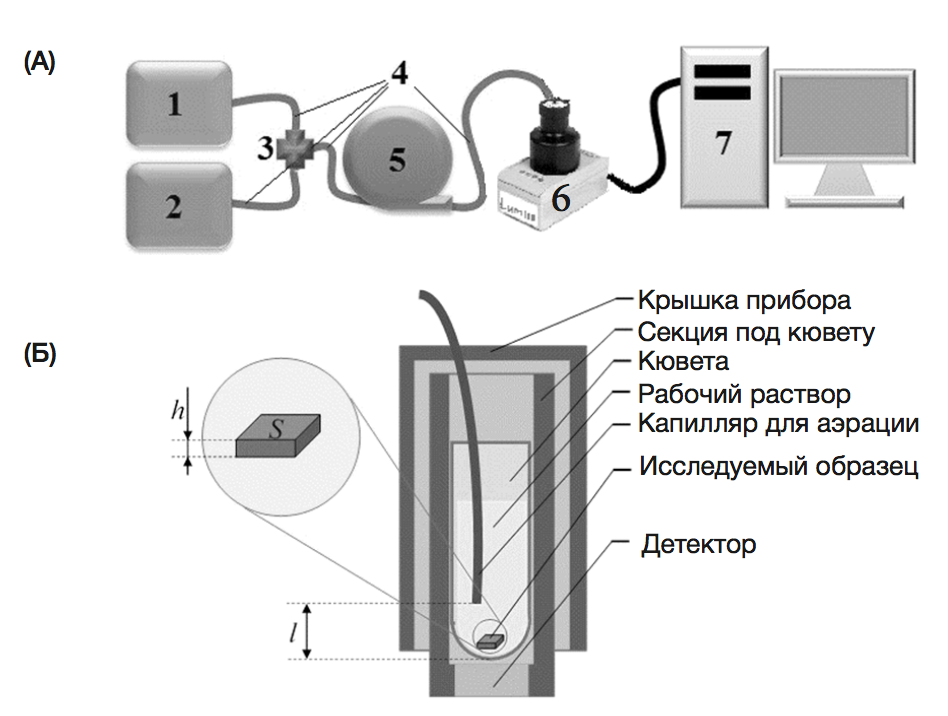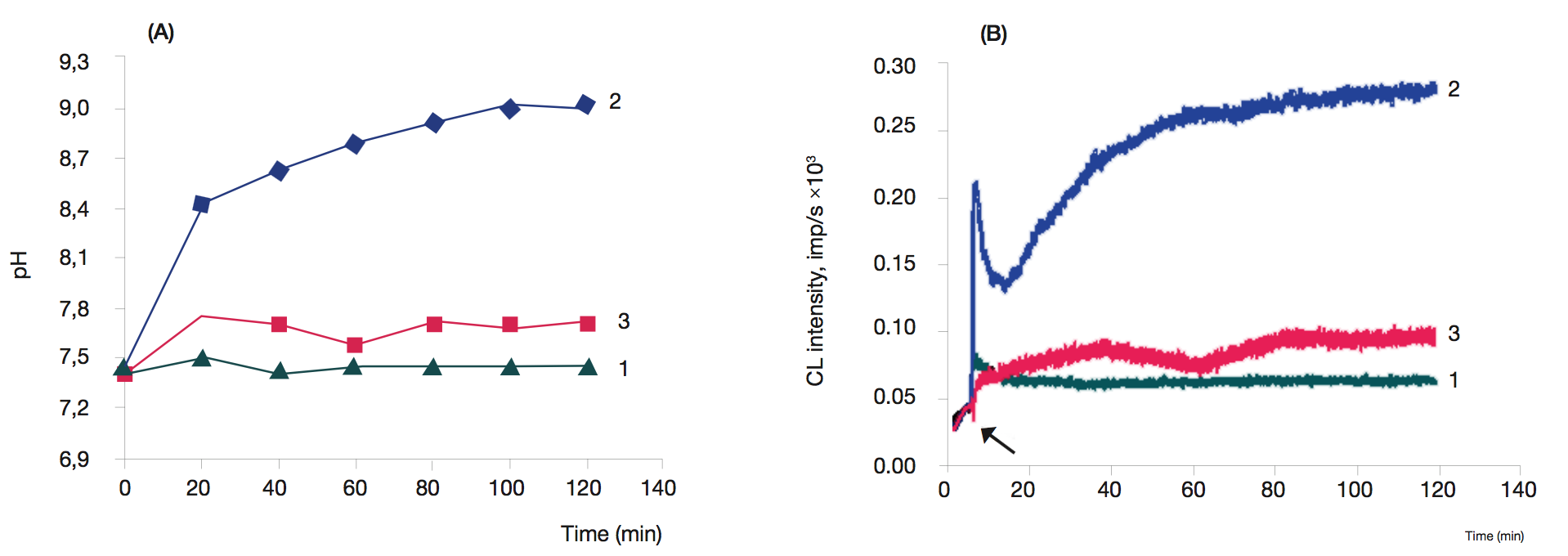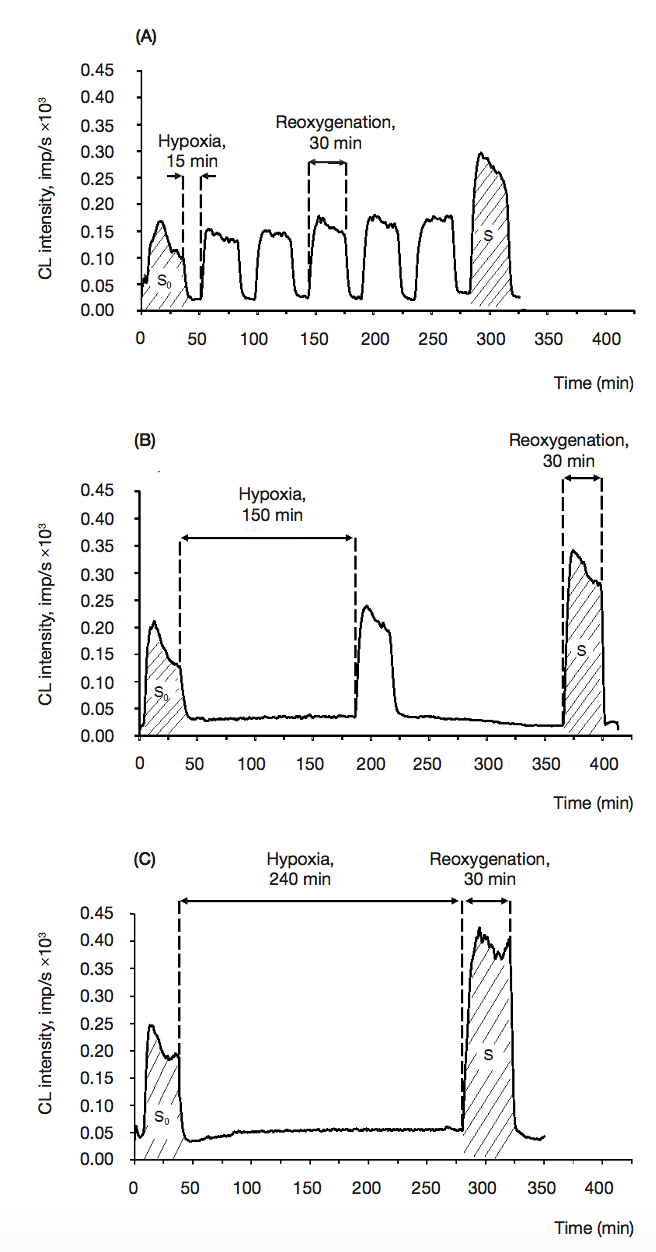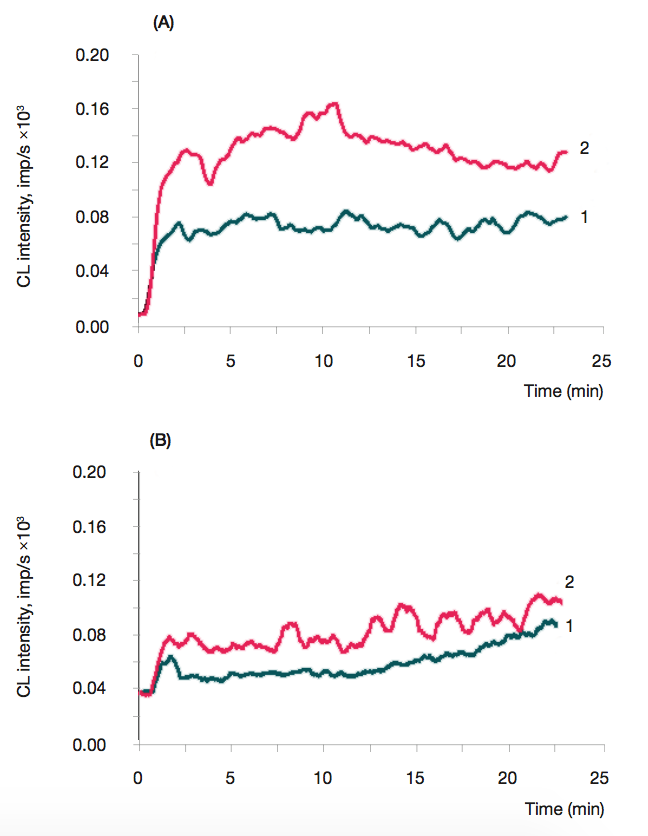
This article is an open access article distributed under the terms and conditions of the Creative Commons Attribution license (CC BY).
METHOD
Tissue chemiluminescence as a method of evaluation of superoxide radical producing ability of mitochondria
Department of Medical Biophysics, Faculty of Fundamental Medicine,Lomonosov Moscow State University, Moscow, Russia
Correspondence should be addressed: Aishat Dzhatdoeva
Lomonosovskiy prospekt, d. 31, korp. 5, Moscow, Russia, 119192; moc.liamg@jdtahsya
Funding: this work was supported by the Russian Science Foundation (project no. 14-15-00375).
Acknowledgments: authors thank Aleksey Grishin, a student at the Department of Physiology, Lomonosov Moscow State University, for his help in choosing gas mixture components.






